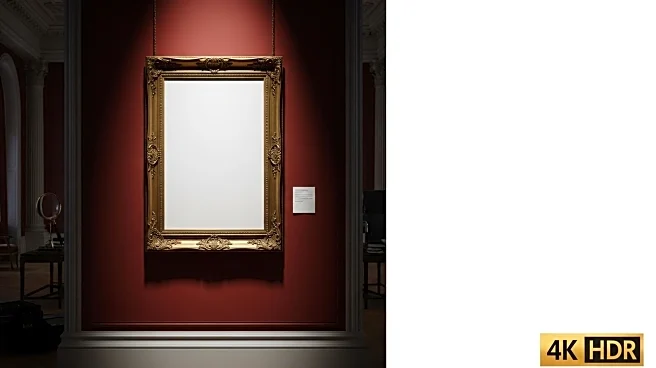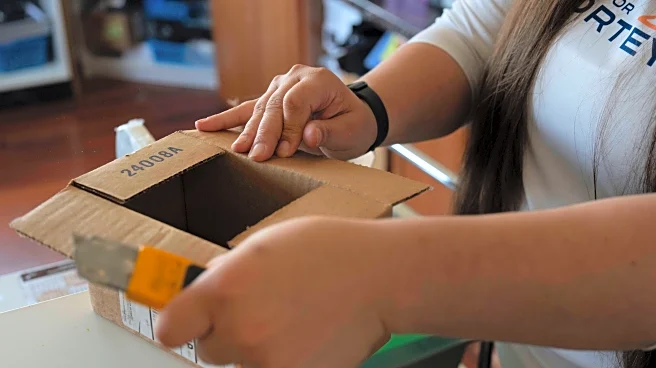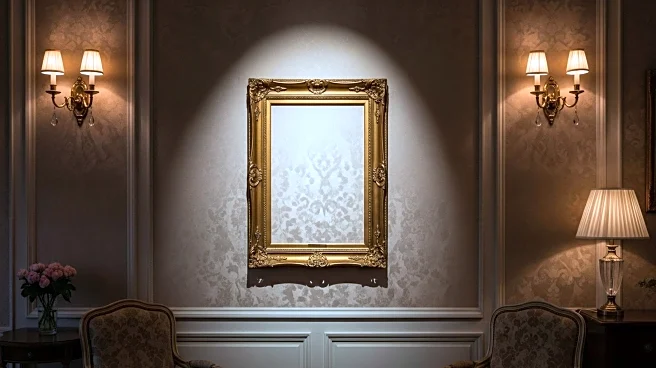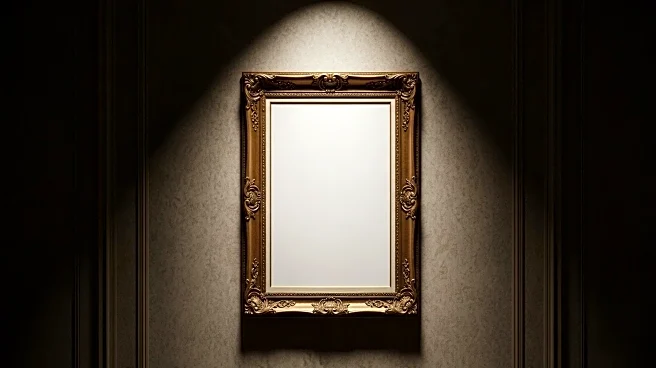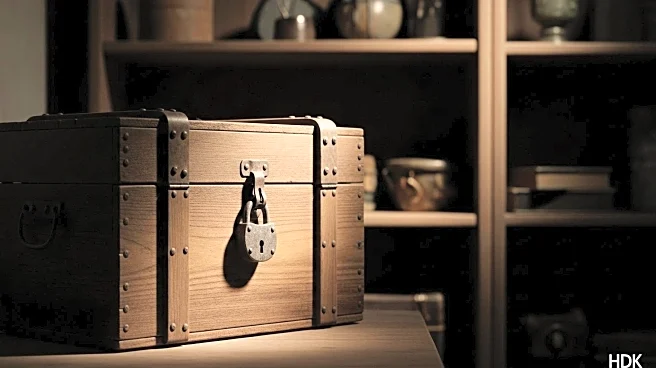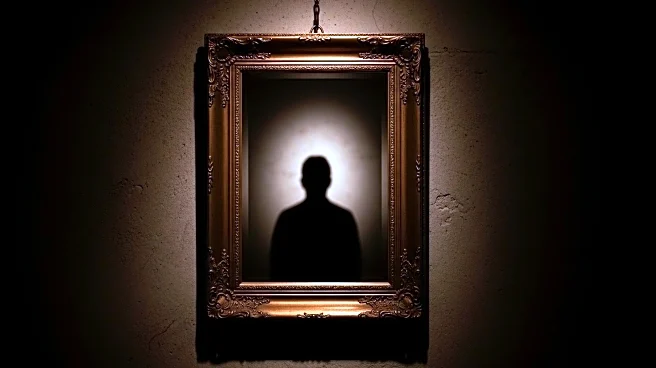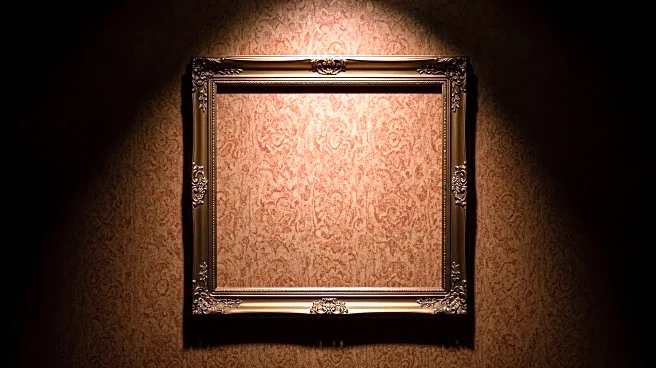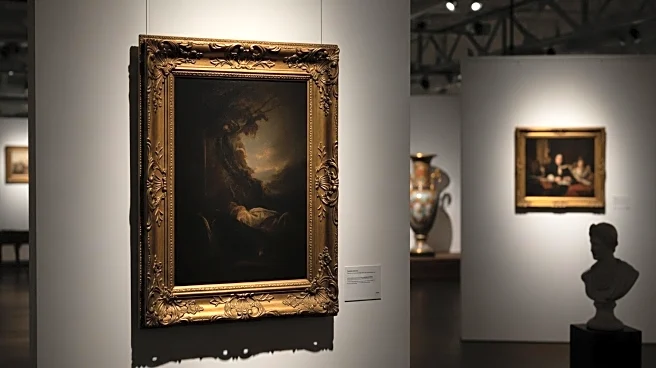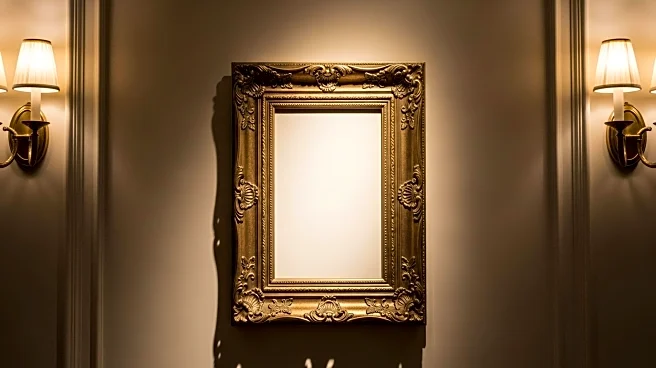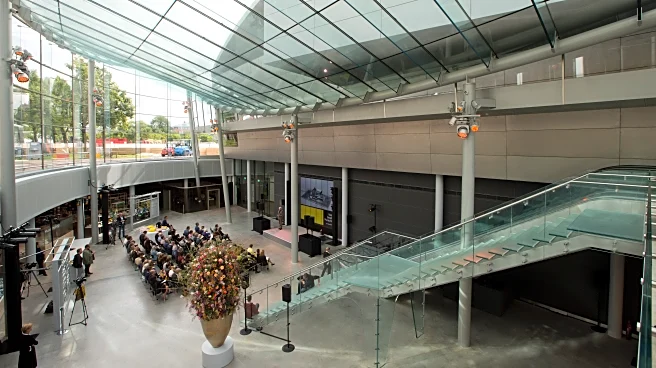What is the story about?
What's Happening?
A painting by Giuseppe Ghislandi, looted by Nazis during World War II, was recently spotted in a real estate listing for a home in Argentina, prompting a police investigation after its sudden disappearance. The painting, a portrait of a woman, was originally owned by Jacques Goudstikker, a Jewish art dealer from Amsterdam. Goudstikker fled the Netherlands in 1940, leaving behind a significant collection of Old Masters paintings, some of which have been returned to his family over the years. The painting was last known to be in the possession of Friedrich Kadgien, an SS officer, who moved to Argentina after residing in Switzerland. The disappearance has led to involvement from Interpol, and the story has gained significant attention on social media.
Why It's Important?
The disappearance of the painting highlights ongoing efforts to recover art looted during the Nazi era, a significant issue in the art world and for families seeking restitution. The case underscores the challenges in tracing and recovering stolen cultural property, which often involves complex international legal and diplomatic efforts. The involvement of Interpol and the viral nature of the story may increase pressure on authorities to locate the painting and return it to its rightful owners. This incident also raises awareness about the broader issue of art restitution and the importance of preserving cultural heritage.
What's Next?
Authorities, including Interpol, are actively searching for the painting, and the investigation may lead to further scrutiny of art ownership and provenance in Argentina and beyond. The case could prompt additional claims for restitution from families of Holocaust victims and may influence international policies on art recovery. The heightened public interest may also lead to increased cooperation between countries in addressing art theft and restitution.
Beyond the Headlines
The case raises ethical questions about the responsibility of current owners and the art market in ensuring proper provenance checks. It also highlights the cultural impact of art theft during wartime and the ongoing struggle for justice faced by families of Holocaust victims. The story may contribute to a broader dialogue on the importance of cultural heritage and the need for international cooperation in preserving and restoring stolen art.
AI Generated Content
Do you find this article useful?
